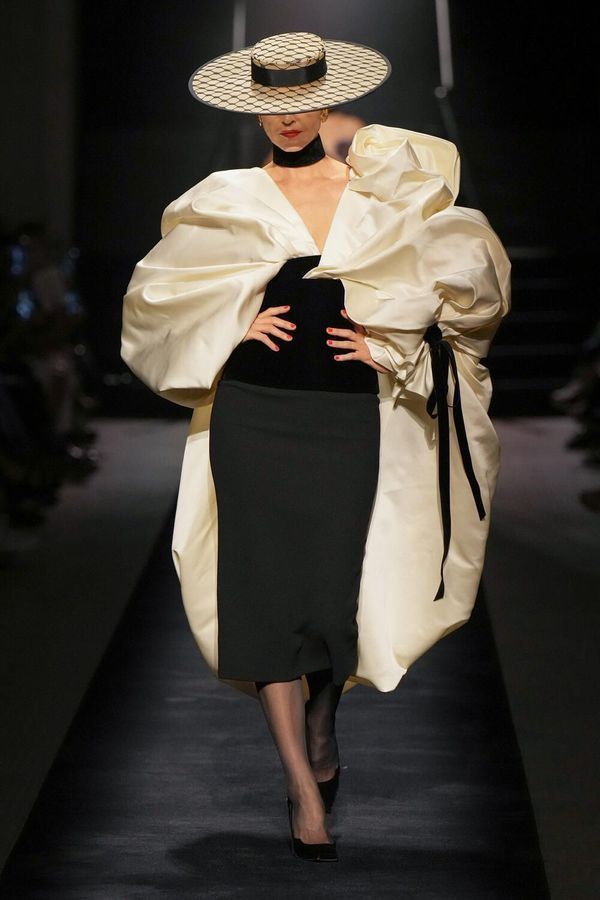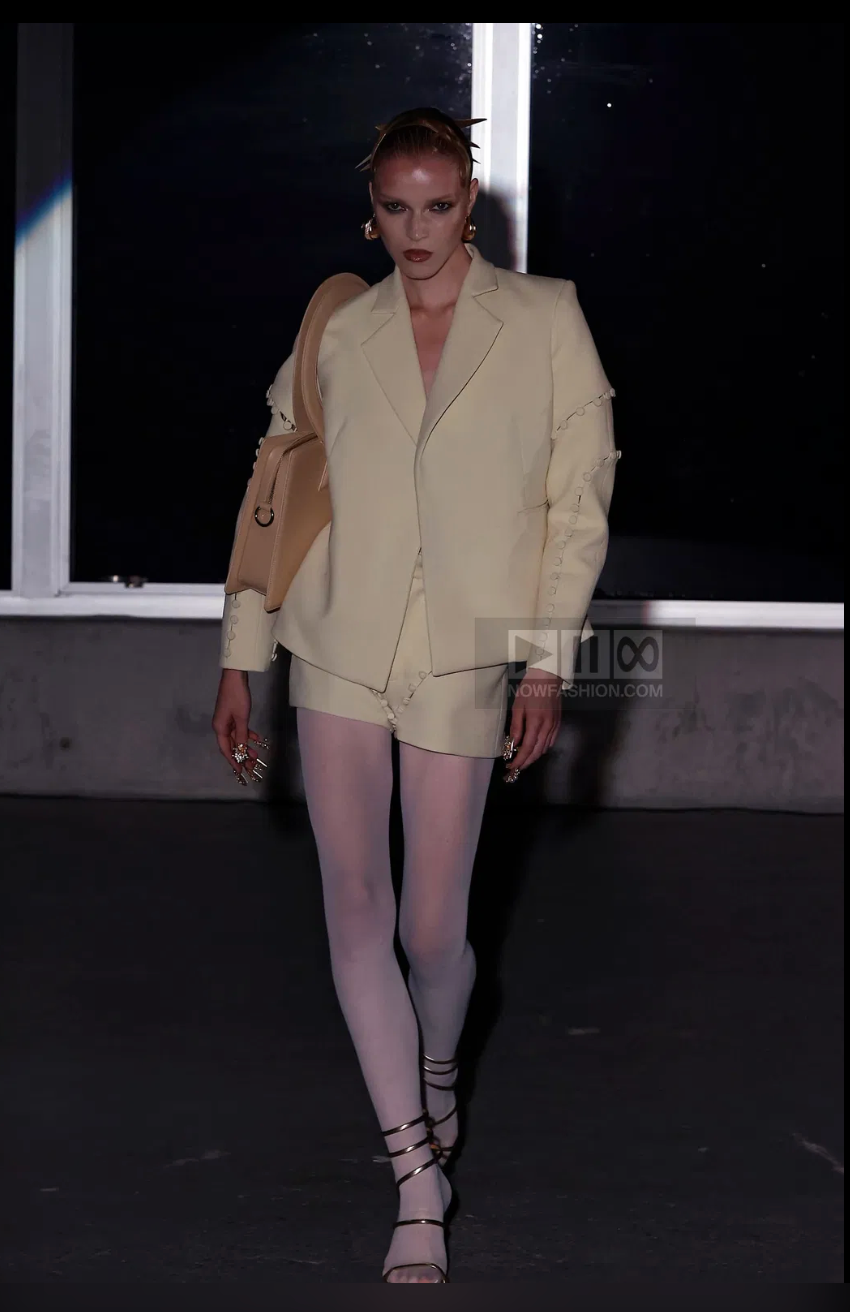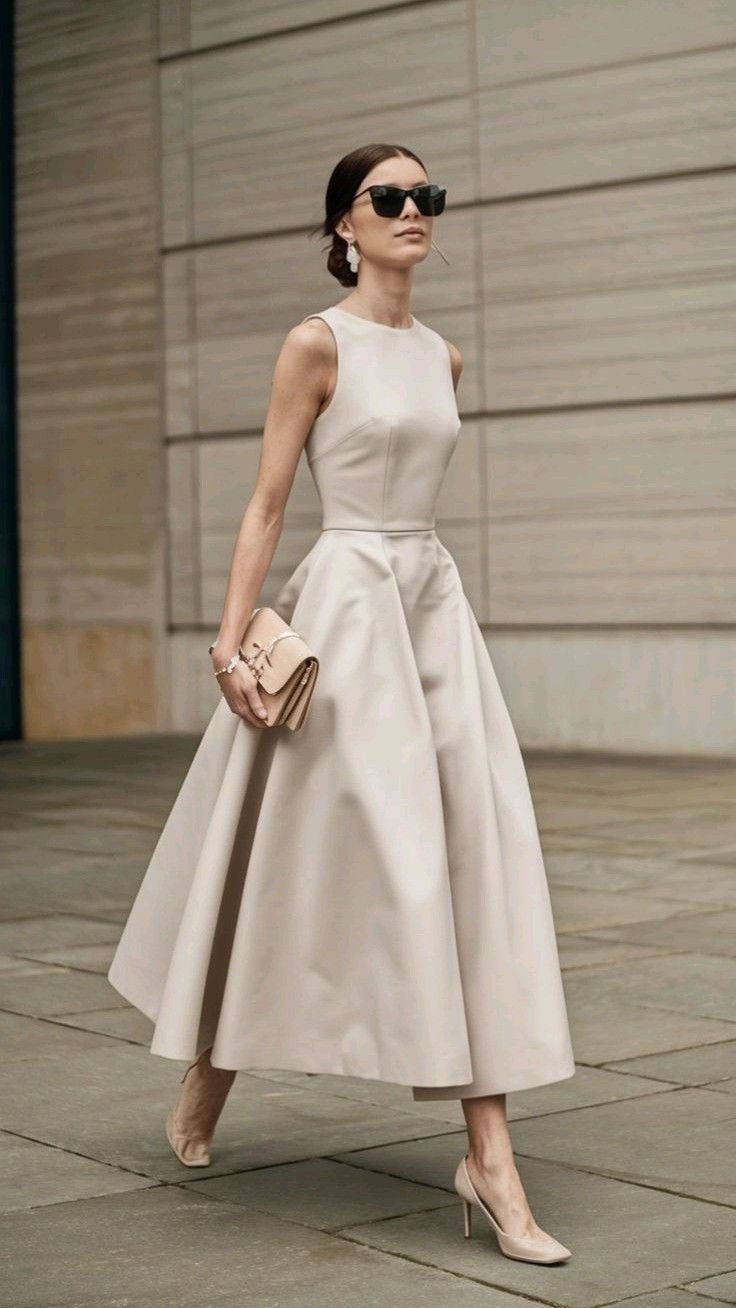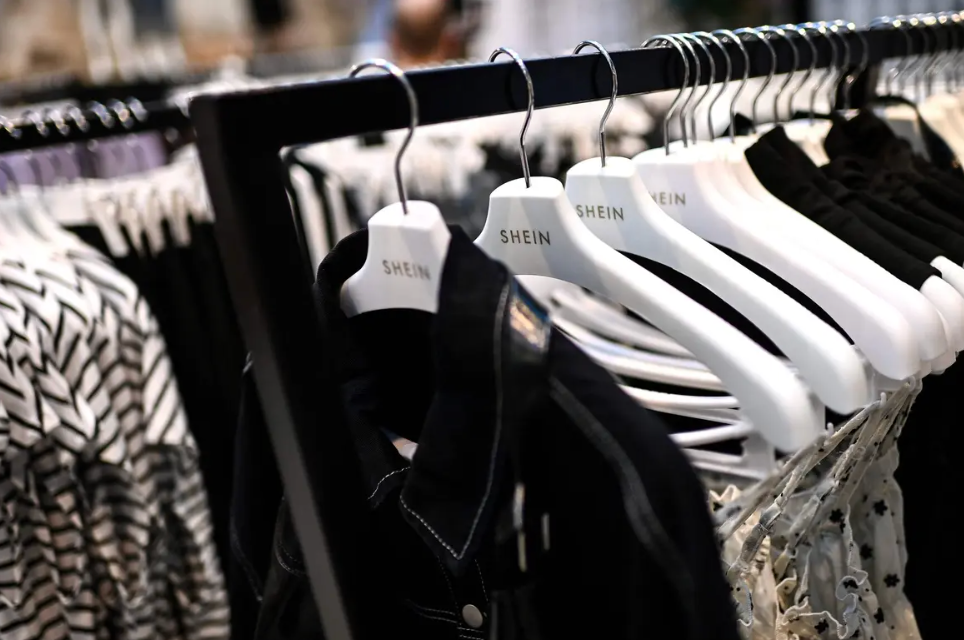Fashion Jargon Explained: Levels of Fashion Everyone Should Know
- sudipti2
- Jul 20
- 3 min read
Introduction
Ever been in a conversation about fashion and felt completely lost? Words like “haute couture” or “diffusion line” get thrown around but what do they actually mean? If you’ve ever felt left out of the fashion conversation, this guide is for you. With over 15 years in the industry covering brands from Michael Kors to GAP, I’ve seen every level up close. Today, I’m breaking it all down for you plain and simple.
The 8 Key Levels of Fashion (Explained Simply)
1. Avant-Garde: Fashion as Art

This is conceptual fashion not meant for daily wear. It pushes boundaries and redefines aesthetics. Think experimental shapes, unexpected materials, and runway-only moments.
2. Haute Couture: The Pinnacle of Luxury

Custom-made, hand-sewn, and one-of-a-kind. Haute couture is fashion’s finest form, crafted with unmatched precision and priced accordingly.
3. Ready-to-Wear (RTW): Designer Meets Real Life

Factory-produced yet high-end, RTW is where fashion becomes wearable. These are the polished pieces you see in designer boutiques stylish and practical.
4. Limited Edition: Designed to Be Rare

Small runs of exclusive designs give Limited Edition collections their charm. If you want fashion that no one else owns, this is your zone.
5. Mass Market: Fashion for Everyone

Produced in bulk at accessible prices, mass market fashion (like Zara or H&M) brings trends to the public quickly and affordably.
6. Diffusion Line: Designer Look, Lower Cost
A more affordable line under a luxury brand. Marc by Marc Jacobs or Michael Michael Kors are prime examples great style without the couture price tag.

7. Bridge Line: Between Luxe and Everyday

This middle ground bridges designer and mainstream. It offers elevated style without the full designer markup ideal for aspirational shoppers.
8. Fast Fashion: Quick, Trendy, Disposable

Trendy styles produced fast and cheap. Great for trying out a look, not so great for long-term sustainability or quality.
How This Lives in Real Fashion Brands
Over my career, I’ve seen how brands bring these levels to life:
Michael Kors offers a premium bridge line and a diffusion label (Michael Michael Kors) that connects to a broader market.
GAP keeps things mass market with versatile basics that reflect trends without high-end pricing.
Luxury houses like Dior and Chanel operate in the haute couture and RTW spaces, serving clients who value exclusivity and craftsmanship.
Whether it's seeing a limited-edition handbag fly off shelves or watching fast fashion replicate last month's top runway looks, these levels are part of fashion's daily rhythm.
Final Thoughts
Understanding the levels of fashion isn’t just about sounding stylish it’s about making smarter choices, appreciating craftsmanship, and expressing yourself intentionally. Once you grasp the differences, shopping becomes a curated experience, not a confusing one.
Explore more fashion insights and breakdowns because great style starts with knowing what you’re wearing.




Comments